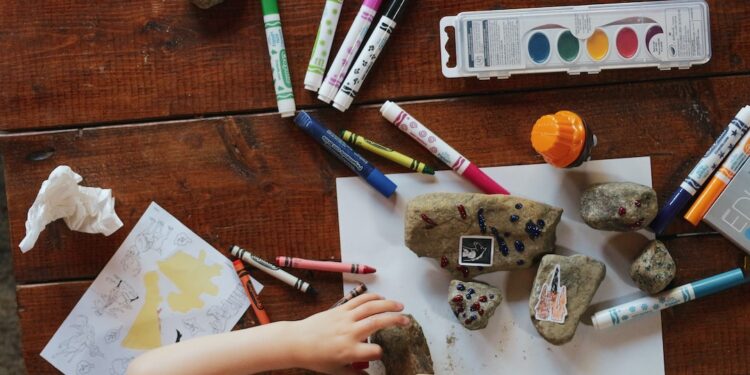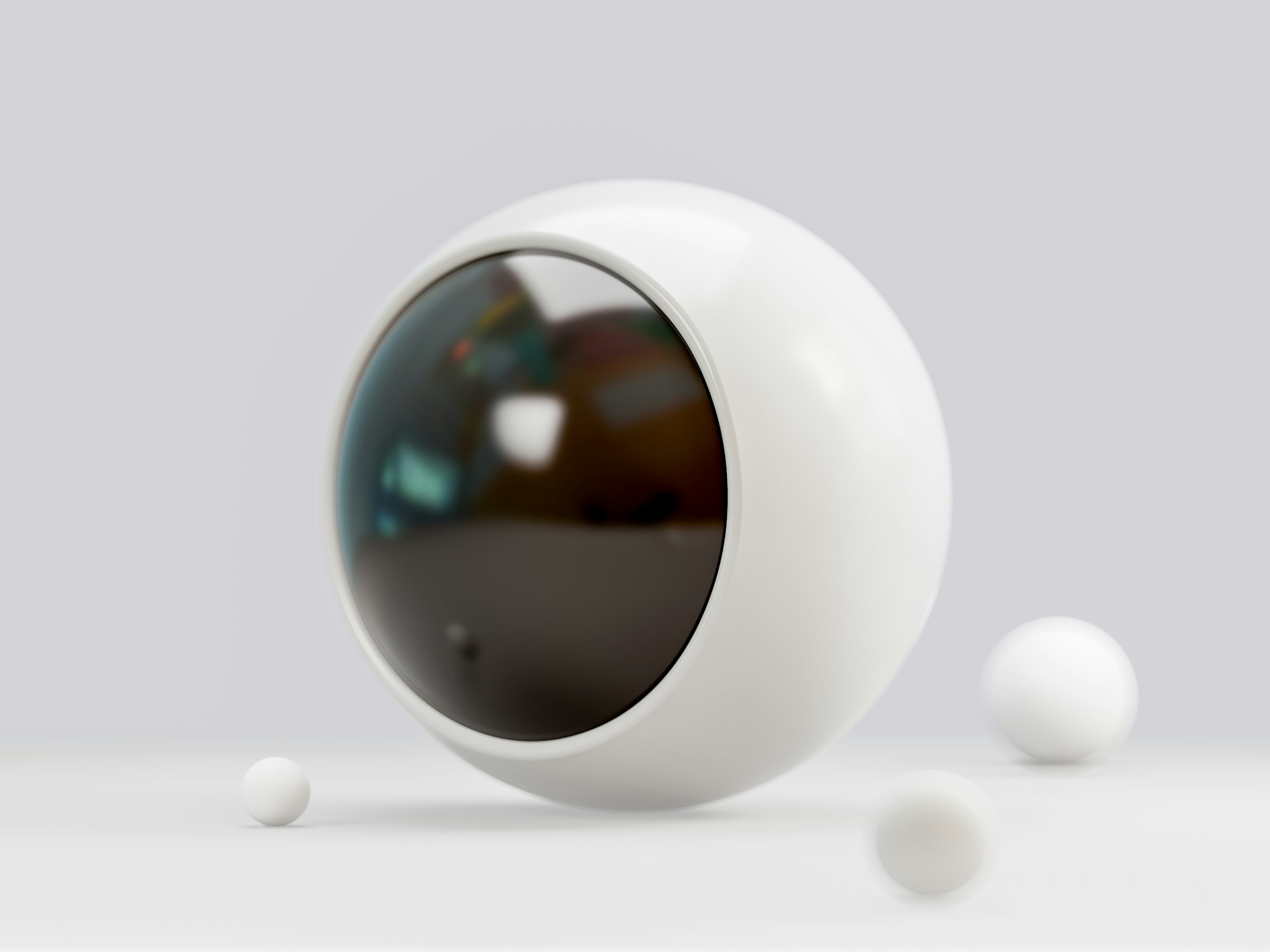The Impact of Art Therapy on Mental Health
In recent years, the importance of mental health has been widely recognized and acknowledged. It is now commonly understood that mental health is just as important as physical health and should be given the same level of attention. As a result, various therapeutic approaches have emerged to address mental health issues, and one such approach gaining prominence is art therapy. Art therapy utilizes the power of creativity and self-expression to provide individuals with a safe and non-judgmental space to explore their thoughts and emotions. It is a unique and effective way to improve mental well-being and has shown significant positive impacts on individuals struggling with various mental health conditions.
Art therapy involves the use of various artistic mediums such as painting, drawing, sculpting, and collage-making to help individuals express themselves artistically. The process itself is therapeutic, allowing individuals to explore and communicate their emotions and experiences in a visual and tangible way. This can be particularly beneficial for those who find it challenging to express their feelings through traditional talk therapy alone. Art therapy goes beyond words and taps into the inner workings of the mind, helping individuals gain insight into their own thoughts and emotions.
One of the primary benefits of art therapy is its ability to reduce stress and anxiety. Engaging in creative activities can be extremely calming and meditative, allowing individuals to focus their energy on the present moment. This can help in alleviating symptoms of anxiety, as it redirects attention away from racing thoughts and fosters a sense of relaxation. The act of creating art also serves as a distraction, giving individuals a break from their worries and allowing them to channel their emotions into something positive and productive.
Moreover, art therapy has been found to improve self-esteem and self-confidence. Many individuals struggling with mental health issues often feel a sense of inadequacy and low self-worth. Engaging in art therapy provides them with a safe space to explore their capabilities and discover hidden talents. As individuals create pieces of art and witness their own creativity, they begin to develop a sense of pride in their accomplishments. This boost in self-esteem can have a significant impact on their overall mental well-being and can lead to increased confidence in various areas of life.
Additionally, art therapy encourages self-reflection and introspection. Through the creation of art, individuals are often able to depict their innermost thoughts and emotions symbolically. This can help them gain insight into their own experiences and identify patterns or triggers that may be contributing to their mental health challenges. The process of creating art alongside a trained therapist also fosters a therapeutic and trusting relationship, allowing individuals to delve deeper into their emotions and experiences in a supportive environment.
Furthermore, art therapy can be highly beneficial for individuals struggling with trauma or PTSD. Traumatic experiences are often deeply ingrained in an individual’s psyche and can be difficult to express or process through traditional means. Art therapy provides an alternative form of communication, allowing individuals to externalize and visualize their trauma. This can serve as a powerful tool for healing, as it helps individuals take control of their experiences and begin to address and process their emotions in a safe and structured manner.
In conclusion, art therapy is a valuable and effective approach for improving mental health. Its ability to provide a safe and non-judgmental space for individuals to explore their thoughts and emotions allows for personal growth and healing. Whether it’s reducing stress and anxiety, improving self-esteem, fostering self-reflection, or addressing trauma, art therapy has shown significant positive impacts on individuals struggling with mental health challenges. As we continue to prioritize mental well-being, integrating art therapy into traditional therapeutic practices can further enhance the effectiveness of mental health interventions and provide individuals with a holistic approach to healing and self-discovery.
References:
1. Malchiodi, C. A. (2019). What is art therapy? How it works and what it can do for you. Guilford Publications.
2. Silverblatt, H., Keller, D. S., & Goldstein, E. G. (2017). Art-based groups for adolescents who have experienced trauma: Challenges for research and practice. Journal of Child and Adolescent Trauma, 10(4), 359-372.
3. Stuckey, H. L., & Nobel, J. (2010). The connection between art, healing, and public health: A review of current literature. American Journal of Public Health, 100(2), 254-263.














